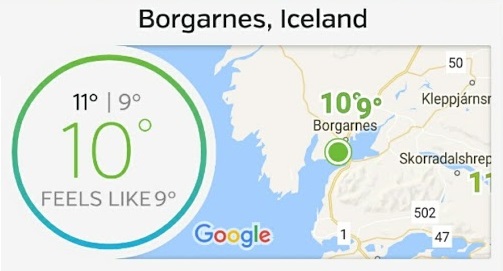1.1: Order of Operations
- Page ID
- 56839
To evaluate an expression means to simplify it and find its value.
1. Evaluate by performing the addition first: \(12-2+3\)
2. Evaluate by performing the subtraction first: \(12-2+3\)
- Answer
-
1. 7
2. 13
When we evaluate an expression, we want to have a single correct answer. It isn’t very helpful for the answer to be “maybe 7, or maybe 13”. Mathematicians have decided on an order of operations, which tells us which steps should be done before other steps. Think of them as the rules of the road.
Order of Operations: PEMDAS
P: Work inside of parentheses or grouping symbols, following the order PEMDAS as necessary inside the grouping symbols.
E: Evaluate exponents.
MD: Perform multiplications and divisions from left to right.
AS: Perform additions and subtractions from left to right.
3. \(12-(2+3)\)
4. \(12-2+3\)
- Answer
-
3. 7
4. 13
Based on Exercises 3 & 4, we can see that Exercise 1 told us to use the wrong order of operations. If there are no parentheses, we must evaluate \(12-2+3\) by first performing the subtraction and then performing the addition.
Before we move on, you should be aware that there are a handful of ways to show multiplication. All of the following represent \(3\times4\):
\(3\cdot4\) \(3*4\) \(3(4)\) \((3)4\) \((3)(4)\)
In this textbook, you will most often see the dot, like \(3\cdot4\), or parentheses directly next to a number, like \(3(4)\). We tend to avoid using the \(3\times4\) symbol because it can be mistaken for the letter x.
Simplify each expression.
5. \(12\div(3\cdot2)\)
6. \(12\div3\cdot2\)
7. \(5(1+3)-2\)
8. \(5(1)+(3-2)\)
- Answer
-
5. 2
6. 8
7. 18
8. 6
An exponent indicates repeated multiplication. For example, \(6^2=6\cdot6=36\) and \(4^3=4\cdot4\cdot4=64\). The exponent tells us how many factors of the base are being multiplied together.
Simplify each expression.
9. \(3^2+4^2\)
10. \((3 + 4)^2\)
11. \((7+3)(7-5)^3\)
12. \(7+3(7-5)^3\)
- Answer
-
9. 25
10. 49
11. 80
12. 31
In the next set of exercises, the only differences are the parentheses, but every exercise has a different answer.
Simplify each expression.
13. \(39-7\cdot2+3\)
14. \((39-7)\cdot2+3\)
15. \(39-(7\cdot2+3)\)
16. \(39-7\cdot(2+3)\)
17. \((39-7)\cdot(2+3)\)
- Answer
-
13. 28
14. 67
15. 22
16. 4
17. 160
It is possible to have grouping symbols nested within grouping symbols; for example, \(7+(5^2-(3(17-12\div4)+2\cdot5)\div4)\).
To make it somewhat easier to match up the pairs of left and right parentheses, we can use square brackets instead: \(7+(5^2-[3(17-12\div4)+2\cdot5]\div4)\).
Simplify the expression.
18. \(7+(5^2-[3(17-12\div4)+2\cdot5]\div4)\)
- Answer
-
18. 19
A fraction bar is another grouping symbol; it tells us to perform all of the steps on the top and separately perform all of the steps down below. The final step is to divide the top number by the bottom number.
Simplify each expression.
19. \(\dfrac{15-1}{6+1}\)
20. \(\dfrac{(7+2)\cdot4}{18\div(3+3)}\)
21. \(\dfrac{5\cdot4^2}{2}\)
22. \(\dfrac{(5\cdot4)^2}{2}\)
23. \(\dfrac{(5 - 1)^2}{2+6}\)
24. \((5 - 1)^2\div2+6\)
- Answer
-
19. 2
20. 12
21. 40
22. 200
23. 2
24. 14
We will look at formulas in a later module, but let’s finish by translating from words to a mathematical expression.

25. You can find the approximate Fahrenheit temperature by doubling the Celsius temperature and adding \(30\). If the temperature is \(9\)°C, what is the approximate Fahrenheit temperature? Write an expression and simplify it.
26. You can find the approximate Celsius temperature by subtracting \(30\) from the Fahrenheit temperature and then dividing by \(2\). If the temperature is \(72\)°F, what is the approximate Celsius temperature? Write an expression and simplify it.
- Answer
-
25. \(9\cdot2+30=48\)°F
26. \((72-30)\div2=21\)°C


